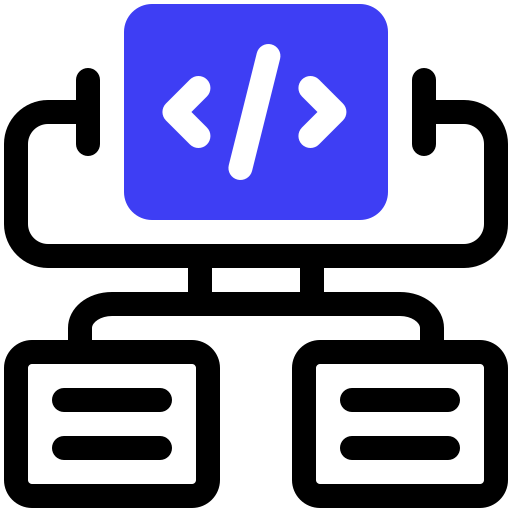Software architecture
Program elements, connections between them and properties of both elements and relationships.

Software Architecture Services
Software architecture services are varied due to different architectural filters. The most well-known of these include event-driven and spatial models, microkernels, microservices, and layered architecture options.
Planning the architecture of software systems is a complex process. It involves in-depth research, requirements gathering, gap analysis and various assessments. First of all, with us you get a thorough analysis of your functional and non-functional requirements.
Full understanding of stakeholder requirements
We carefully analyze your needs to provide the most suitable architectural plan. Be sure to share all your ideas, goals and pain points with us.
Detailed structure of the digital system
To ensure quality and reliability, we develop each project in detail. You can view detailed plans for your architectural projects at any time.
Improved competitive advantage in the market
With a customized, user-centered approach, we develop unique solutions and designs for each client. That's why your architecture will be exclusive.
Various scenarios and cases for your solution
Depending on your requirements, we can adapt the developed architecture to different use cases. Again, it is important to communicate properly to get the best software.
Creativeium provides the best opportunities for its clients
Our comprehensive solutions are designed to improve productivity, maximize profitability and drive innovation.
Event Driven Architecture
Many programs can waste a lot of time waiting for actual tasks to complete. To minimize this latency and improve performance, you can get an event-driven architecture. Essentially, it has a central node that delegates tasks to modules. Each transmission is known as an event, and the functional parts only fire when they see it.
Microkernel or plug-in architecture
Most digital solutions are based on several repeatable processes such as “fetch, name, load” or “load, check, send”, etc. You can move these basic tasks to a microkernel. Additionally, you can purchase various plugins for more specific processes. With this architecture, you can simplify routines while maintaining task flexibility.
Microservices Architecture
Instead of monoliths that degrade performance over time, microservices offer a simpler, more flexible approach. Software design and architecture involves several small programs that cover specific functional areas while concentrating on a single responsibility. Microservices can communicate with each other and run only when needed.
Multi-tier or N-tier architecture
This model involves multiple tiers built around a single core database. When information enters such a solution, it interacts with all levels sequentially, from top to bottom. Each level has specific tasks: data verification, reformatting, demonstration, storage. This software system architecture focuses on separation of data presentation and processing, scalability and security.
Space-based architecture
Although the multi-tier architecture relies on databases, it can break down under heavy load. To avoid this, you can use a spatial model. The IT department distributes data processing and storage tasks across different servers, using multiple nodes for data-related processes. This way, you can eliminate databases and store data in RAM to speed up basic tasks.
New projects
Our comprehensive solutions are designed to improve productivity, maximize profitability and drive innovation.



